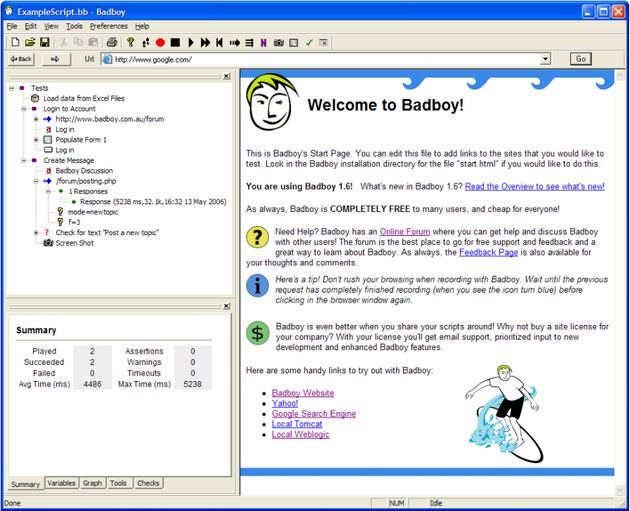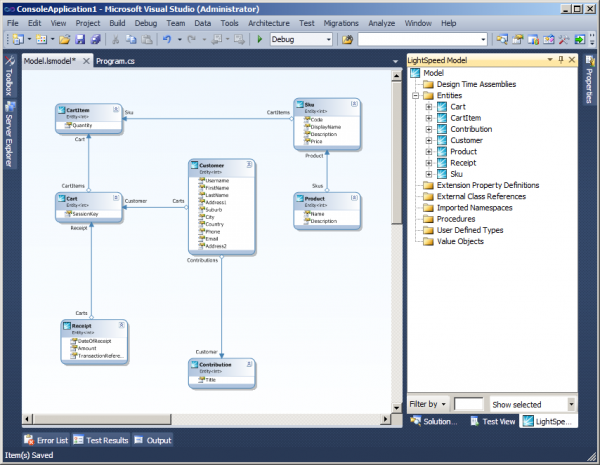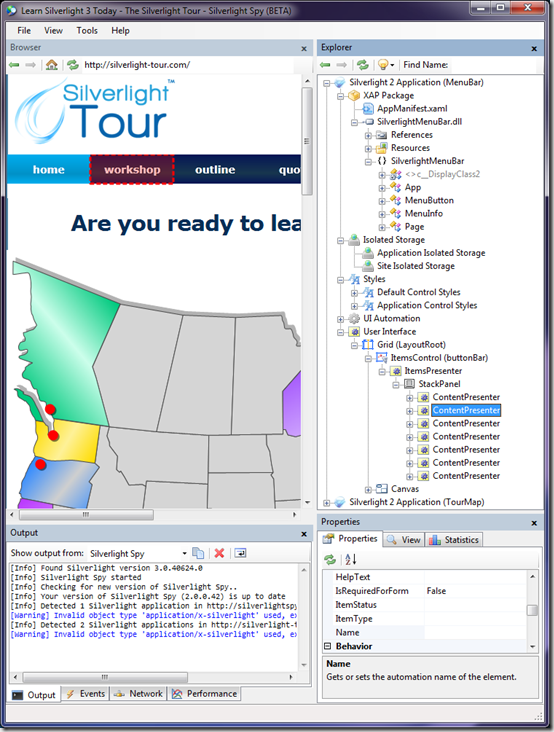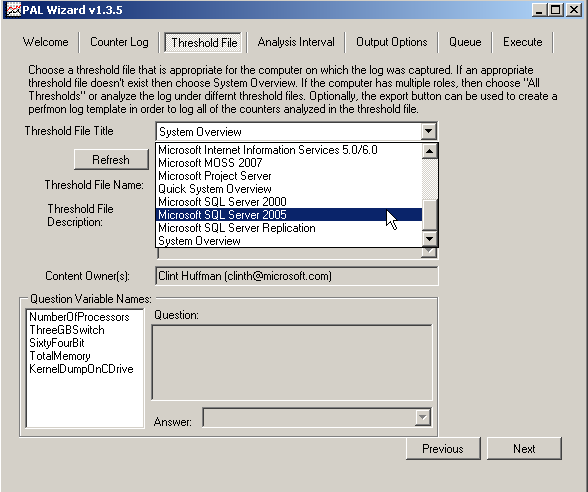Everybody loves lists of tools. Scott Hanselman’s annual list of Windows tools has been immensely popular over the years and has opened my eyes to a bunch of new tools. The topic of tools has also been the subject of some very popular books, such as Windows Developer Power Tools and Java Power Tools.
These tool discussions are also recurring themes on all of the major discussion forums. It seems that every so often one of these questions hits StackOverflow and everyone chimes in with their favorite current tools. Invariably, for the .NET tool lists, there are some tools that always show up and; enjoying near universal advocacy in the .NET developer community. This includes tools like Reflector and Fiddler on the free side and Ants Profiler and Resharper on the commercial side.
For this blog post, I’ve decided to go with 5 tools you’re not likely to find on any/many of these lists. While some of these tools are .NET-specific, other tools are just solid development tools that are likely to be great additions to any .NET team’s toolbox with the added benefit that they work across multiple technologies.
Badboy. Likely the biggest sleeper on my list. Badboy is an extremely easy-to-learn web application testing tool. Check out the online documentation to understand features and then use it to guide your learning. Chances are that you’ll have most of the basic and intermediate level scripting tasks mastered within the first 30 minutes of using the tool. Compare the cost of a Badboy license ($45 / individual or $30 / each for a 10-pack) with the cost of your existing web application testing tool. Chances are you’d be saving hundreds, if not thousands of dollars per license. If you need to scale beyond simple Badboy threading / load testing capabilities, Badboy scripts can be exported in a format consumable by Apache JMeter for more heavy duty controller/generator type load testing. Also, the Wave Test Manager server, from the makers of Badboy, allows you to upload and share badboy scripts across a project, schedule execution of the scripts, and access the reports from the tests on a central server.

Lightspeed ORM. When the discussion of Object Relational Mappers (ORMs) comes up, NHibernate and the Entity Framework are almost always at the forefront of the conversation. LLBLGen gets added to the list as well if commercial ORM’s are on the table. Rarely, if ever, is the Lightspeed ORM from the Mindscape team down under ever brought up. It should be. If an awesome Visual Studio modeling experience and second generation LINQ provider don’t convince you, maybe the Rails’esque data migration facilities will. Still not convinced? Check out the custom LinqPad provider and LINQ-to-SQL to Lightspeed drag and drop conversion. If there are new features you’d like to see or if you need bug fixes, Ivan and the team at Mindscape are all ears and provide a near legendary turn around time.

Silverlight Spy. Let’s recap just in case you missed the news – Silverlight is hot!!! It’s a pretty significant change from either the MVC or WebForms approach most .NET web developers are used to and takes a while to wrap your mind around. Silverlight Spy does for Silverlight what Reflector did for the .NET Framework, pulls back the covers so that you can inspect and understand. Silverlight Spy provides insight into the XAP package, isolated storage information, performance data, an accessibility view and so much more. The message from Microsoft over the last 6 months has been – learn Silverlight. That task is made so much easier with Silverlight Spy at your side.

DTM Data Generator. Microsoft recently finally got around to including a data generator in some versions of Visual Studio. If you restrict yourself to SQL Server and are willing to deal with slow data generation, it might even be a good fit for you. RedGate’s SQL Data Generator, which I’ve written about before is much more efficient at loading data, as long as you stick with SQL Server. If you’re looking for data generation tool to meet your needs, irrespective of the underlying database you use, DTM’s Data Generator is the tool for you. DTM’s data generator supports SQL Server, Oracle, MySQL, DB2, Sybase, and any database you can access through OLE DB or a DSN. It supports inserts of most major datatypes, including BLOB generation and supports a variety of rules comparable to RedGate’s product, including the use of custom rules. The enterprise version can be executed from the command line in silent mode, making it perfect for generation of data in preparation for the execution of an automated test suite.

Performance Analysis of Logs (PAL). This tool just doesn’t get enough love from the .NET development community. Oft maligned as the “poor man’s SCOM”, PAL can be a real timesaver and/or lifesaver. It’s so simple: capture the PAL specified counters for the platform being monitored (most major MS products such as Windows Server, IIS, MOSS, SQL Server, BizTalk, Exchange, and AD are supported), import the counters and let PAL do its thing. It’s “thing” is producing a detailed report for the counters showing how they looked across the duration of the capture and when the counters exceeded thresholds. PAL also provides explanations for each of the counters and details the implications are of exceeding the thresholds. More useful information for a better price you will not find.
